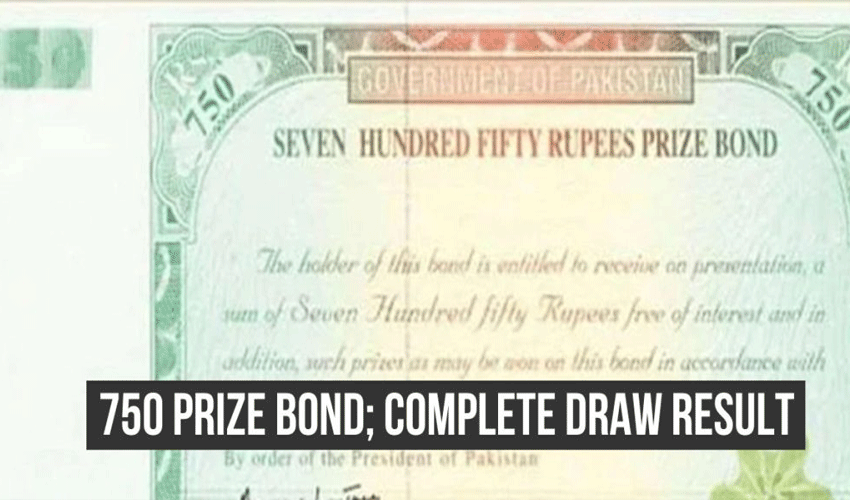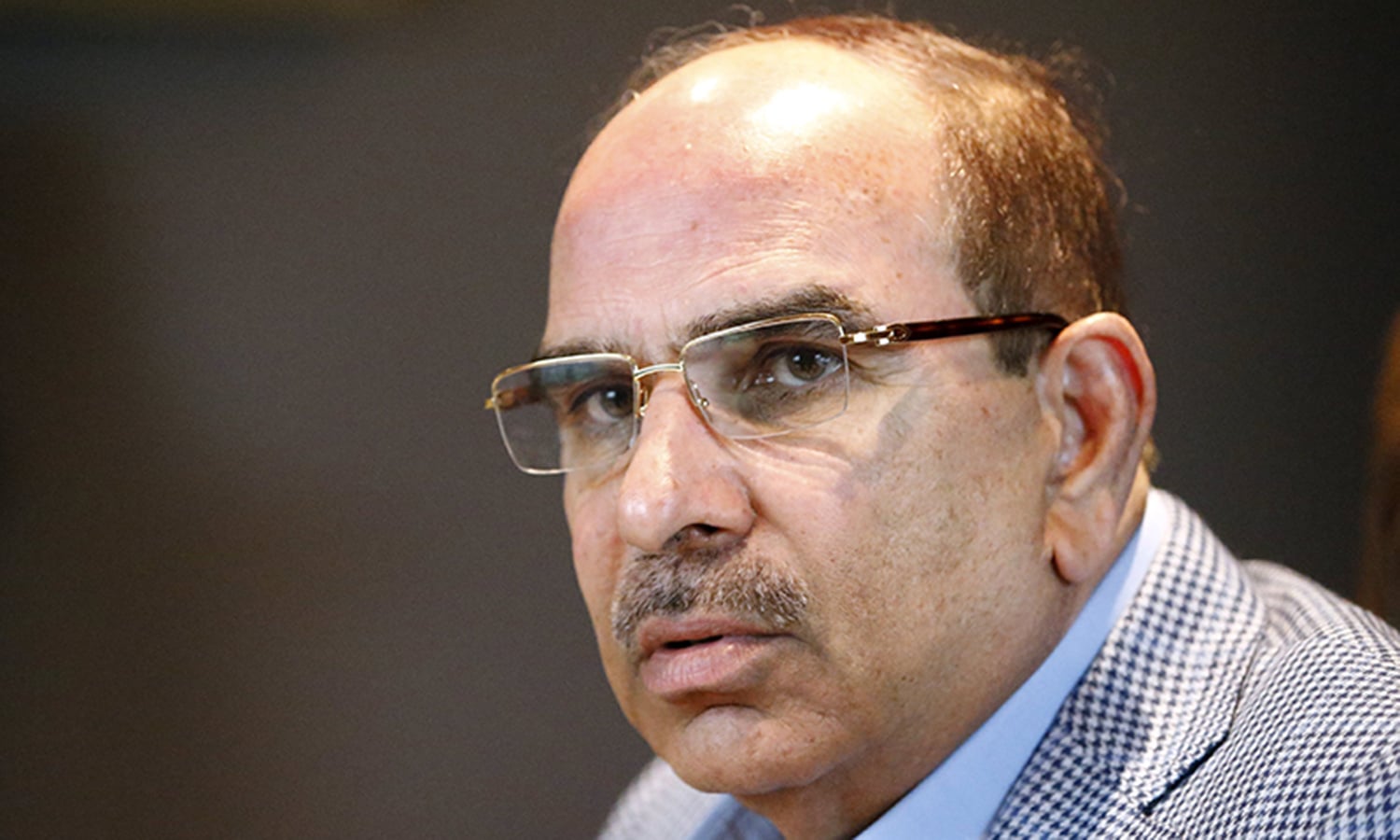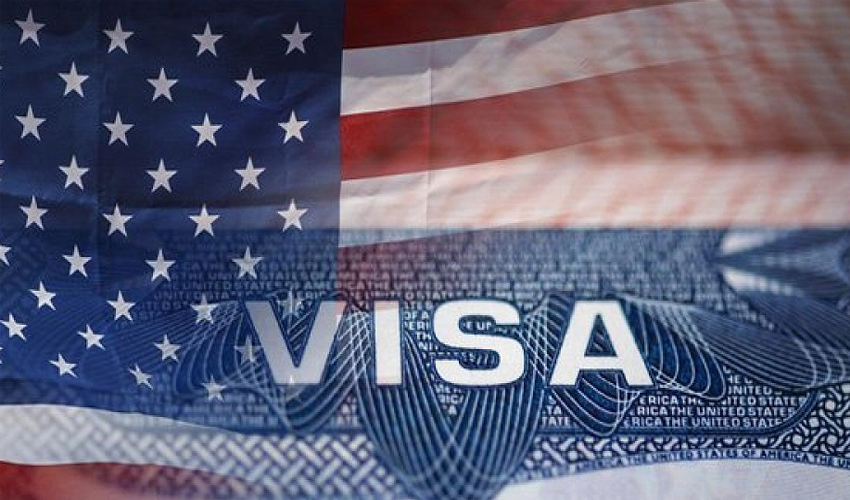Pakistan International Airlines (PIA) was once Pakistan's pride, flying high with great service and a global reputation. Now, it’s buried in debt and barely keeping up. The government's thinking about selling most of it off to private investors, but the big question is: can privatization actually help PIA bounce back, or is it just another risky move?
The federal government of Pakistan has reignited efforts to privatize PIA amid growing financial woes and operational inefficiencies. Despite its status as a national flag carrier, the airline has struggled for years under a colossal debt burden of over Rs. 830 billion, forcing the government to reconsider its management model to ensure sustainability and competitiveness.
However, the privatization efforts have faced hurdles that underline the complexity of such transitions.
What’s happening?
The government is trying to sell a 60% stake in PIA, aiming to bring in private investors who can turn things around. However, the first bidding round didn’t go as planned—only one company participated, offering just Rs. 10 billion, way below the Rs. 85 billion minimum price.
To attract better offers, the government is rethinking its strategy. They’ve already moved Rs. 623 billion of debt into a holding company to clean up PIA’s financial mess. The idea is to sell a “clean slate” version of PIA with only Rs. 200 billion in liabilities.
Federal Minister for Privatization Abdul Aleem Khan emphasized that the privatization process will adhere to national interests and legal protocols, with decisions subject to the Cabinet Committee's approval.
The minister highlighted previous challenges, including demands from potential buyers—such as zero GST on new aircraft purchases—which conflicted with Pakistan's obligations under its $7 billion International Monetary Fund (IMF) program. The government also faces the task of resolving Rs. 200 billion in liabilities left behind after parking Rs. 623 billion in a holding company.
Pakistan’s aviation sector
The privatization of PIA must consider Pakistan’s strategic location, which positions the airline as a potential hub connecting Asia, the Middle East, and Europe. This geographic advantage could be unlocked through global partnerships and modernized operations. However, there is also a risk of dominance by foreign entities, which could dilute PIA's identity as a national carrier.
The government’s insistence on retaining control over certain aspects of the airline, such as strategic routes and national priorities, reflects lessons learned from global missteps. Additionally, mitigating public backlash through fair employee transition plans and transparent bidding processes will be critical for success.
Here’s why this move might actually benefit Pakistan:
Why privatization can be good: Global examples
Around the world, privatizing national airlines has been a mixed bag, with some major wins and a few setbacks. But there’s plenty to learn from these experiences if Pakistan International Airlines (PIA) takes the plunge. Here's the gist:
- Improved financial viability
- Privatization often leads to better financial management. Airlines like British Airways (UK) and Lufthansa (Germany) thrived post-privatization, shedding inefficiencies and focusing on profitability.
- These airlines attracted significant private investments, enabling fleet modernization, expanded routes, and improved services.
- Market competitiveness
- When national carriers like Air India privatized, competition increased, pushing them to offer better services and competitive pricing to regain customer loyalty.
- Private investors usually bring global expertise, streamlining operations and introducing technology to compete with global players.
- Reduced government burden
- Governments are often unable to sustain loss-making enterprises due to budgetary constraints. Privatization frees up resources for critical sectors like health, education, and infrastructure.
- Boost to the economy
- Privatized airlines can stimulate the economy by creating jobs in related sectors (airport services, tourism, trade) and improving connectivity. For example, Kenya Airways’ privatization brought in international partnerships and expanded African aviation connectivity.
Potential risks - Global failures
- Strategic routes and national interests
- Post-privatization, airlines often prioritize profit over national interest. For example, Malaysian Airlines struggled after privatization as unprofitable but critical routes were discontinued, affecting national connectivity.
- Employee welfare
- Privatization often leads to mass layoffs to cut costs. Protests and strikes, like those seen during the privatization of Alitalia (Italy), can disrupt the transition process and tarnish public perception.
- Loss of national identity
- Airlines are often seen as symbols of national pride. If PIA were sold to a foreign entity, there might be public backlash, as seen in the case of Royal Jordanian Airlines, where partial foreign ownership led to identity concerns.
- Execution risks
- Poorly executed privatizations, like those of South African Airways, can lead to corruption, inefficiencies, and legal disputes, worsening the situation instead of improving it.
PIA's privatization in a globalized world
- Position in global aviation
- With Pakistan's strategic location, PIA has the potential to become a global hub for flights connecting Asia, the Middle East, and Europe. Privatization could unlock this potential by introducing better technology, modern fleets, and global alliances.
- Attracting foreign investors
- Airlines like Qatar Airways or Emirates could be potential investors, given their interest in expanding into South Asia. However, this could lead to dominance by foreign entities.
- Globalization & tourism
- Pakistan is promoting tourism, and a privatized, efficient PIA could boost international travel to the country, contributing to economic growth.
Economic & operational implications
- Debt Management: Offloading PIA’s liabilities into a holding company allows for a cleaner balance sheet, making the airline more attractive to investors.
- Tourism Boost: A privatized and efficient PIA could stimulate tourism and international travel, aligning with Pakistan’s broader economic goals.
- Revenue Potential: The privatization is projected to free up government resources for essential sectors like health and education while potentially revitalizing the aviation sector.
By learning from global successes and failures, Pakistan can transform PIA into a competitive and profitable entity, ultimately benefiting the national economy while preserving its legacy as a symbol of Pakistani identity.
Conclusion: Is it good globally?
Privatizing PIA isn’t just about selling off a loss-making company; it’s about giving it a fresh start. The government needs to find the right buyer who can bring the expertise and investment needed to make this vision a reality.
Privatizing PIA presents both opportunities and challenges and a successful transition hinges on:
- Transparent Process: Avoid corruption and ensure fair valuation.
- Strategic Partnerships: Attract experienced investors who can turn the airline into a global competitor.
- Employee Transition Plans: Mitigate job losses with proper compensation and retraining programs.
- National Interests: Retain partial government control or define regulations to protect critical routes and national priorities.
If done right, privatization could be the lifeline PIA desperately needs. Imagine a modern fleet, efficient services, and a competitive edge in global aviation—all of this is within reach if the process is handled transparently and strategically.
So, yes, privatization can be a positive step for PIA—if it’s done with care, clear goals, and the right partners
Learning from success stories in India, Europe, and Africa, privatization could turn PIA into a profitable, world-class airline once again.
PIA's history: Major moments through time
PIA’s story is like a rollercoaster—full of exciting highs and frustrating lows. From being the pride of Pakistan in its early days to facing tough times in recent decades, the airline’s journey has been one of big wins and painful struggles.
Here’s a quick look at some of the key moments in PIA’s history:
The start (1955): PIA was founded in 1955 and quickly grew to become Pakistan’s national airline. Starting with a single aircraft, the airline expanded its network globally, connecting Pakistan to Europe, the Middle East, and Asia.
Fleet expansion (1960s-70s): In the 1960s, PIA became one of the first Asian airlines to acquire the Boeing 707, a big deal back then. By the 1970s, the airline was operating a fleet of Boeing 747s, making its mark as a major international carrier.
First US flight (1962): PIA became the first Asian airline to fly to the United States in 1962, which was a huge achievement. This opened up new global markets and made PIA a more recognized name worldwide.
Peak years (1980s): During the 1980s, PIA was at its prime. The airline was known for its high service standards, attracting travelers from all over the world. It had a great reputation for being reliable and affordable, making it a popular choice for both domestic and international travelers.
Decline & troubles (1990s-2000s): The good times didn’t last. PIA’s operations started to suffer in the 1990s due to mismanagement and an aging fleet. By the 2000s, financial losses became a major issue, and PIA struggled to compete with newer, more efficient international airlines.
Privatization attempts (2000s-Present): Over the past couple of decades, the government has tried multiple times to privatize PIA to curb its losses. However, these efforts have been met with roadblocks, including labor strikes and legal challenges.
The road ahead (2020s): PIA is still trying to find its way back. There have been efforts to restructure the airline, reduce its debts, and modernize its fleet. The latest move is towards privatization, but so far, it hasn’t been smooth sailing.
While PIA’s history is full of ups and downs, the hope remains that with the right reforms, the airline can regain its past glory. The ongoing privatization process is key to its future, but whether it will be successful remains to be seen.



























